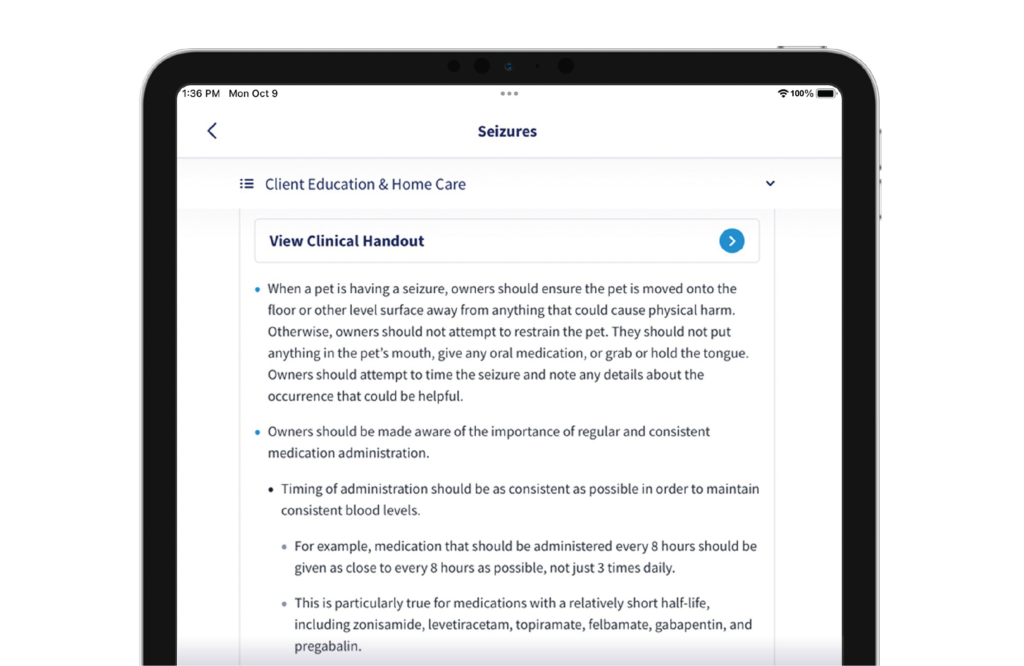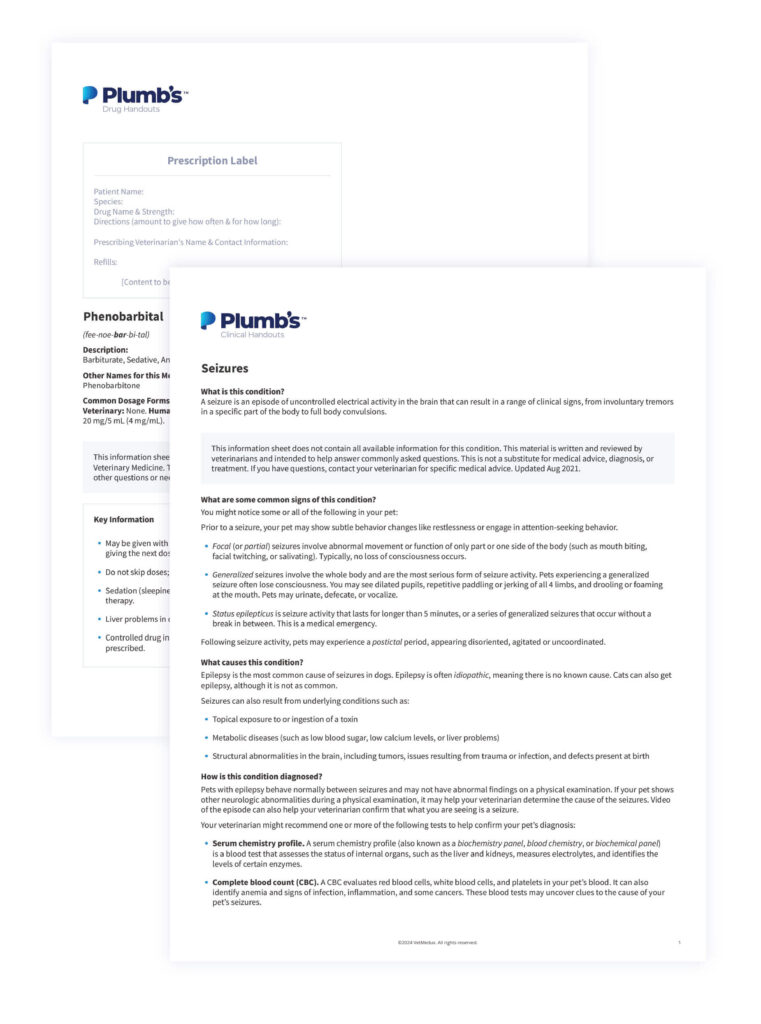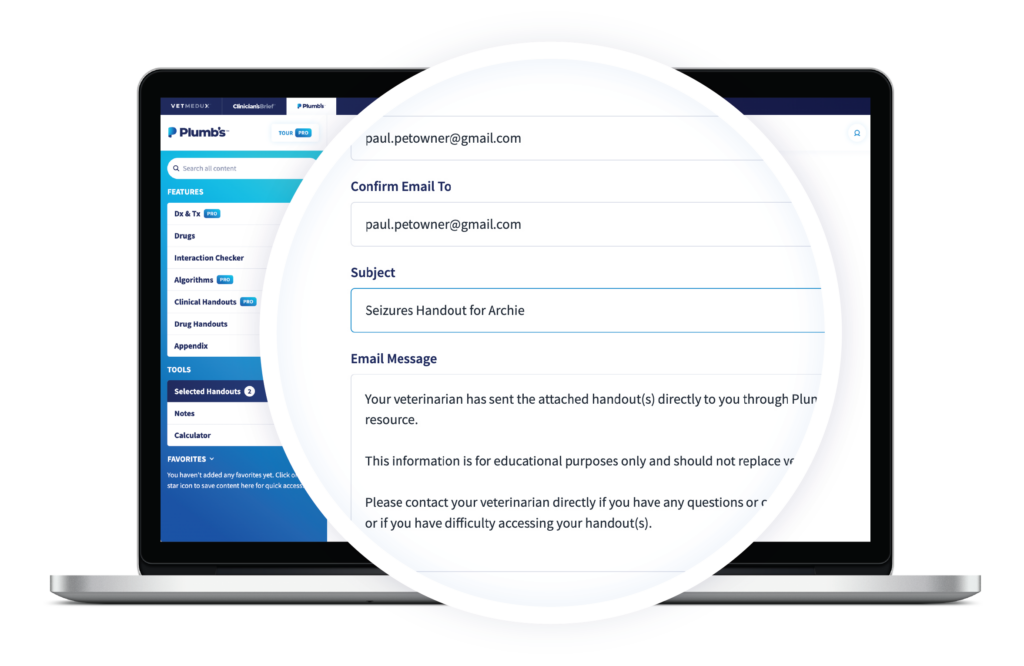Do you ever come out of a tough conversation with a pet owner and think That could have gone better? Difficult discussions are unavoidable in our line of work, whether we’re explaining a complex new diagnosis, delivering bad news, addressing vaccine hesitancy, or guiding clients through an emergency situation. And when emotions run high and time is scarce, effective communication becomes more difficult—but is no less crucial.
So, how can we navigate these challenging conversations with grace and empathy, even in the midst of our hectic schedules? Let’s look at 5 tips for improving communication with pet owners—even in the toughest of situations.
1. Choose Your Time and Place Carefully
Pet owners need to feel comfortable expressing their emotions and concerns without being distracted or worrying about being overheard by other clients or veterinary team members.
Choosing a quiet, private, and comfortable setting for conversations is essential. Even if it’s so busy that your exam rooms are all occupied, consider waiting for a room to become available rather than trying to have an in-depth conversation in the treatment area or lobby.
It’s also important to allow sufficient time for these conversations, so you can focus your full attention on the client without feeling rushed. If your schedule is tight, consider having them return to the clinic at a scheduled time to discuss results or a new diagnosis.
2. Prepare Your Talking Points
We’ve all heard that preparation is the key to success, and that’s especially true when it comes to difficult conversations with clients.
Planning a general script—or a list of key points to touch on—helps ensure you fully explain everything you need to and gives you an opportunity to practice using simple, easily understandable language instead of complex medical terms.
When preparing what you’re going to say, consider consulting a trusted reference for support. If you subscribe to Plumb’s Pro™, you’ll find a Client Education section in every Dx & Tx that covers key points to discuss with clients.

Pet owner handouts in Plumb’s Pro™ can also help you frame the conversation and prioritize key points. You can even read through the handout in the exam room with the client, highlighting the important details to make sure you don’t miss anything.
Plumb’s™ has two types of pet owner handouts. Drug handouts clearly explain everything a pet owner needs to know about the drugs you prescribe, like side effects, duration of therapy, and what to do if they miss a dose or have pills left over. Clinical handouts cover everything from clinical conditions to preventive care, vaccinations, and common procedures.

3. Practice Your Nonverbal Communication Skills
When connecting with clients, nonverbal communication carries just as much weight as the words we use, playing a powerful role in expressing empathy, warmth, support, and compassion.
Try to use a warm, supportive tone of voice throughout the conversation and maintain eye contact to show that you are listening. If possible, engage with clients at eye level to ensure a stronger connection.
Sitting down can make you appear less rushed and help clients feel more at ease, but avoid crossing your arms, jiggling your legs, or other tense postures. Make sure your hand isn’t on the door while the owner is still asking you questions.
Paying attention to your client’s body language can also give you important clues about their feelings. If they’re avoiding eye contact, crossing their arms, or exhibiting tense body language, they might be feeling anxious, defensive, or uncomfortable. If they are leaning closer to you or nodding along while you talk, they are likely engaged and following along with the conversation.
4. Ask Open-Ended Questions and Use Reflective Listening
By asking open-ended questions—that can’t be answered with just yes or no—you demonstrate a genuine interest in understanding pet owners’ thoughts, feelings, and concerns, and you give clients the opportunity to fully express themselves.
Related Article: How a Generational Approach to Veterinary Client Communication Can Help Your Practice
Reflective listening also helps build trust and rapport. Paraphrasing and summarizing the client’s statements allows for clarification of details and can show them that you’ve heard and understood what they are trying to express.
Try using phrases such as “It sounds like you’re concerned that Fluffy’s quality of life is poor right now” or “It sounds like you’re worried about the costs associated with treatment.” This lets clients know you understand their point of view and gives them the opportunity to clarify any misunderstandings.
5. Provide Access to Further Information and Support
No matter how strong your communication skills are, clients can struggle to take in all the details of a new diagnosis or treatment regimen, particularly when emotions are high. In human medicine, patients forget an alarming amount of the information that healthcare practitioners provide, and the details they do remember are often remembered incorrectly.
When medical information is written—in clear, easy-to-understand language—it’s more easily recalled, leading to better compliance. Providing written education materials you know are accurate and easy to understand can prevent clients from turning to questionable information online or calling back with questions.
The pet owner handouts in Plumb’s Pro™ are written by veterinarians, evaluated by board-certified specialists for completeness, and reviewed by pet owners to ensure the information is easy to read and understand.
All Plumb’s™ pet owner handouts are beautifully designed and professionally formatted for easy printing.
And sharing Plumb’s™ pet owner handouts couldn’t be easier. They can be emailed in seconds from your closest device (without revealing your email address), and you can even quickly send multiple handouts together.

Establishing trust with clients means preparing for difficult conversations, polishing your nonverbal communication skills, and turning to a trusted source for additional support. The more our clients trust us, the more likely they are to follow our recommendations—and the more likely their pets will get the care they need.
Already subscribed to Plumb’s Pro™? Browse clinical or drug handouts.


